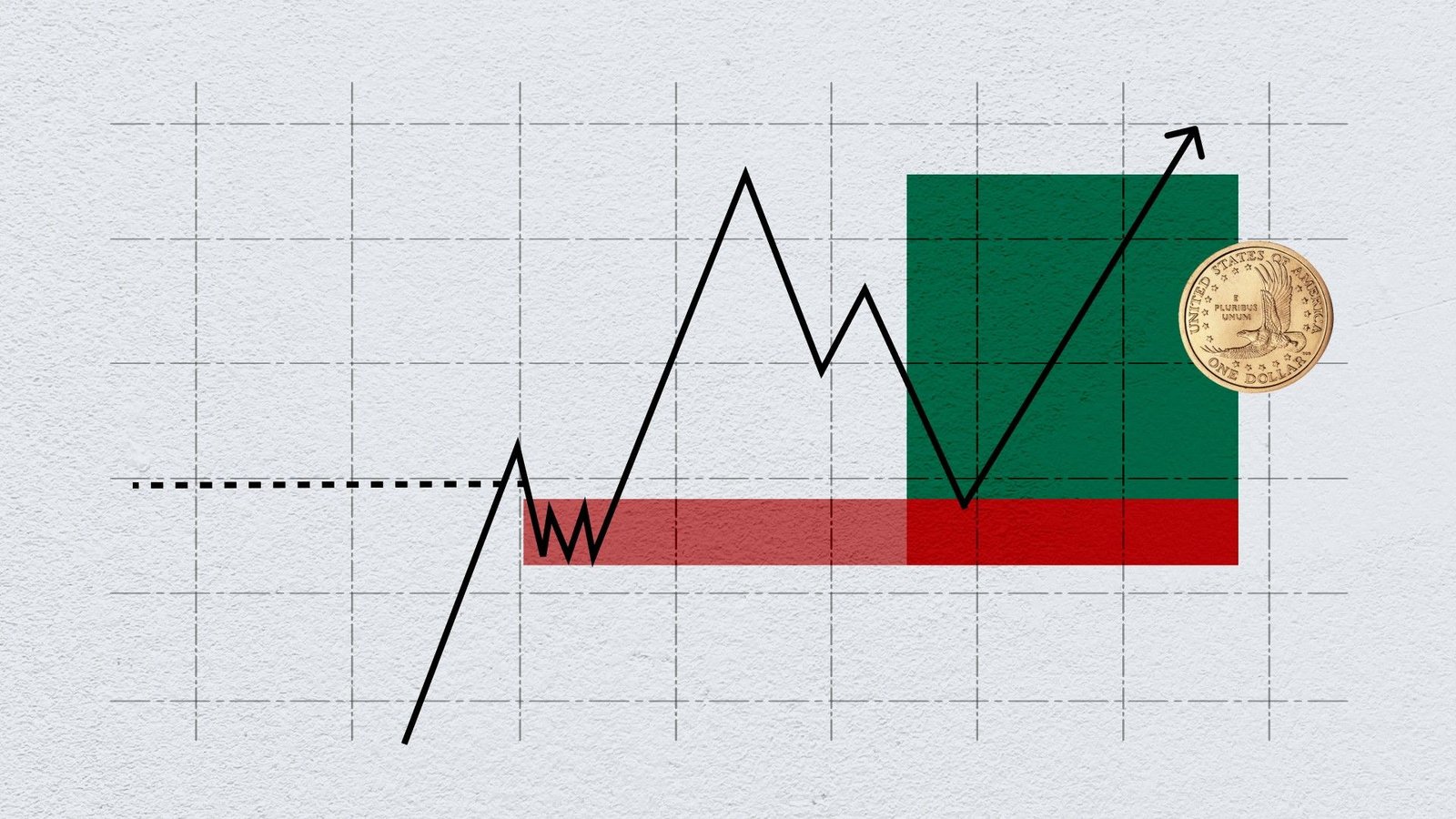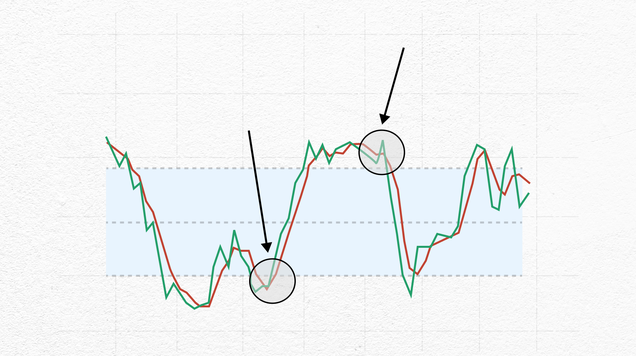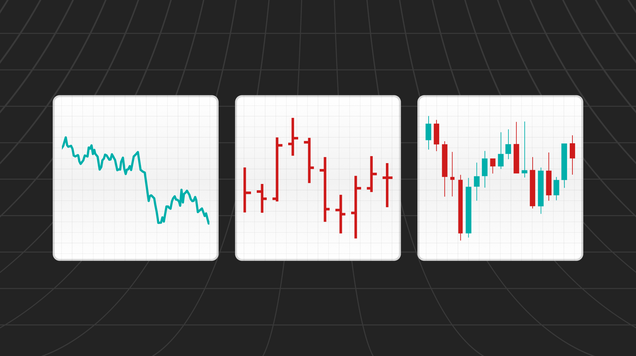Stock trading mechanics: how the market works and what you need to know
Unlocking the secrets of stock trading mechanics, strategies, and dynamics to gain a deeper understanding of market behavior and optimize trading performance

Stock exchanges serve as the primary battlegrounds where buyers and sellers converge to trade securities
Investing in the stock market offers a myriad of benefits, including high returns, portfolio diversification, and ownership rights
Understanding liquidity measurement, intraday price variations, and market depth are essential for navigating market dynamics and optimizing trading strategies
At the heart of stock trading lie several foundational elements that shape market dynamics and influence investment decisions. Let's explore these core components:
- Stock Exchanges: Stock exchanges serve as the primary battlegrounds where buyers and sellers converge to trade securities. Examples include established institutions like the New York Stock Exchange (NYSE), Dow jones, and the London Stock Exchange, providing a centralized platform for trading activities.
- Order Types: Investors employ various order types to execute trades, each with its own set of conditions and implications. Market orders, limit orders, and stop orders are among the most common, offering flexibility and control over trade execution.
- Bid-Ask Spread: The bid-ask spread reflects the disparity between the highest price a buyer is willing to pay (bid) and the lowest price a seller is willing to accept (ask). This spread serves as a measure of transactional cost and market liquidity.
- Market Makers and Liquidity: Market makers play a pivotal role in maintaining market liquidity by facilitating the continuous flow of buying and selling activities. Their presence helps mitigate price fluctuations and ensures efficient market operations.
- Trading Hours: Stock exchanges operate within specific trading hours, dictating the timing and duration of trading sessions. Understanding these hours is crucial for executing timely trades and staying abreast of market developments.
- Regulatory Bodies: Regulatory oversight is essential for safeguarding the integrity and fairness of financial markets. Governmental and independent regulatory bodies enforce rules and regulations to protect investors and maintain market stability.
- Market Indices: Market indices serve as barometers of overall market performance, tracking the collective movement of select stocks. Benchmarks like the S&P 500 and Dow Jones Industrial Average provide valuable insights for investors assessing market trends.
Benefits of Investing in the Stock Market
Investing in the stock market offers a myriad of benefits that attract investors seeking long-term growth and financial security. Some notable advantages include:
- High Returns: Stocks have historically delivered impressive returns, outperforming other asset classes over the long term and offering the potential for substantial wealth accumulation.
- Diversified Portfolio: Investing in a diverse range of stocks allows investors to spread risk and optimize returns. By allocating capital across different sectors and industries, individuals can build resilient portfolios capable of weathering market fluctuations.
- Ownership Rights: Owning stocks grants investors ownership stakes in companies, entitling them to voting rights, dividends, and other corporate incentives.
- Liquidity: Unlike illiquid assets such as real estate, stocks offer high liquidity, enabling investors to buy and sell securities swiftly with minimal impact on market prices. This liquidity enhances portfolio flexibility and facilitates capital deployment.
- Additional Income: In addition to capital appreciation, stocks generate supplemental income through dividends and bonus shares, providing investors with ongoing returns on their investment.
- Inflation Protection: Stocks serve as effective hedges against inflation, offering returns that outpace the rate of inflation over time. By preserving purchasing power, stocks help investors preserve and grow their wealth in real terms.
Things to Consider When Investing in the Stock Market
While the stock market presents lucrative opportunities, it also carries inherent risks and complexities that demand careful consideration. Here are some essential factors to bear in mind:
- Financial Goals: Define clear financial goals and align your investment strategy accordingly. Whether you're saving for retirement, education, or other milestones, tailor your portfolio to reflect your long-term objectives.
- Investment Strategy: Develop a well-defined investment strategy based on your risk tolerance, time horizon, and financial objectives. Avoid chasing trends or succumbing to impulsive decisions by adhering to a disciplined approach.
- Due Diligence: Conduct thorough research before making investment decisions, evaluating factors such as company fundamentals, industry trends, and market conditions. Informed decision-making is key to mitigating risk and maximizing returns.
- Diversification: Spread your investments across various asset classes, sectors, and geographic regions to minimize concentration risk. Diversification enhances portfolio resilience and reduces vulnerability to adverse market events.
- Risk Appetite: Understand your tolerance for risk and invest accordingly. While higher-risk investments may offer greater potential returns, they also entail heightened volatility and the possibility of capital loss. Align your investment strategy with your risk tolerance to achieve a balanced portfolio.
- Risk Management: Implement risk management strategies to protect your portfolio from adverse market conditions. Consider factors such as company-specific risks, market volatility, and geopolitical uncertainties when structuring your investment portfolio.
Navigating Market Dynamics
Beyond understanding the foundational principles of stock trading, investors must also navigate the nuances of market dynamics and pricing mechanisms. Concepts such as liquidity measurement, intraday stock price variations, determinants of market depth, and quantifying market illiquidity shed light on the intricacies of market behavior and inform investment strategies.
Liquidity Measurement: Assessing liquidity is crucial for evaluating portfolio performance and minimizing trading costs. By understanding different spread measures and liquidity indicators, investors can make informed decisions and optimize their trading strategies.
Intraday Stock Price Variations: Intraday price fluctuations reflect the dynamic interplay of supply and demand, influenced by factors such as order flow, bid-ask spread, and market sentiment. Understanding these variations is essential for identifying trading opportunities and managing risk effectively.
Determinants of Market Depth: Market depth, or the ability to execute large orders without significant price impact, depends on factors such as asymmetric information, risk aversion, and market structure. Analyzing these determinants provides insights into pricing dynamics and investor behavior.
Quantifying Market Illiquidity: Econometric techniques enable investors to quantify the sources of market illiquidity and assess their impact on portfolio performance. By estimating transaction costs, order flow dynamics, investors can refine their trading strategies and enhance portfolio efficiency.
Conclusion
Stock trading is both an art and a science, requiring a deep understanding of market mechanics, disciplined execution, and a willingness to adapt to changing market conditions. By mastering the fundamentals of stock trading, implementing sound investment strategies, and staying abreast of market developments, investors can navigate the complexities of the stock market with confidence and achieve their financial goals.









